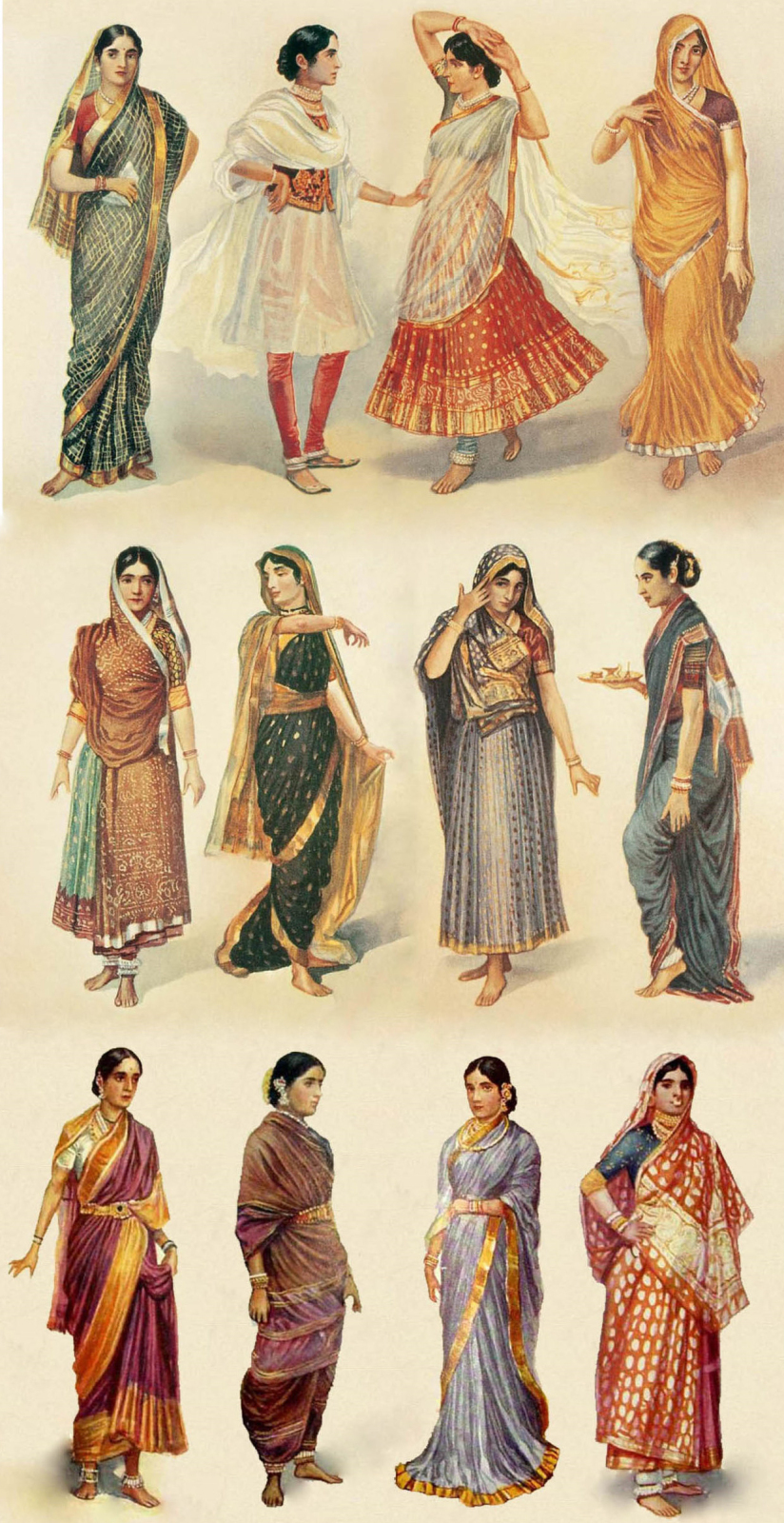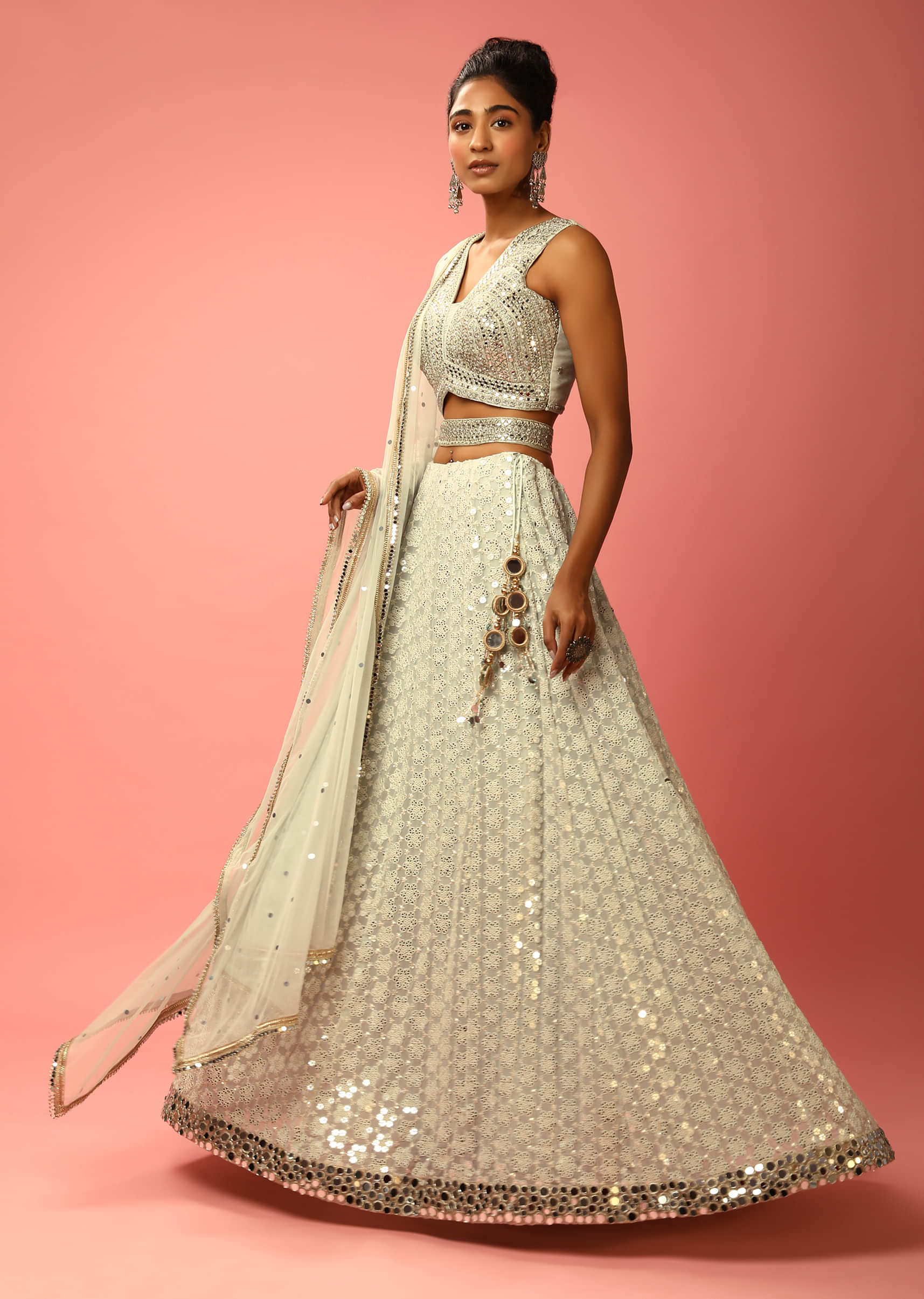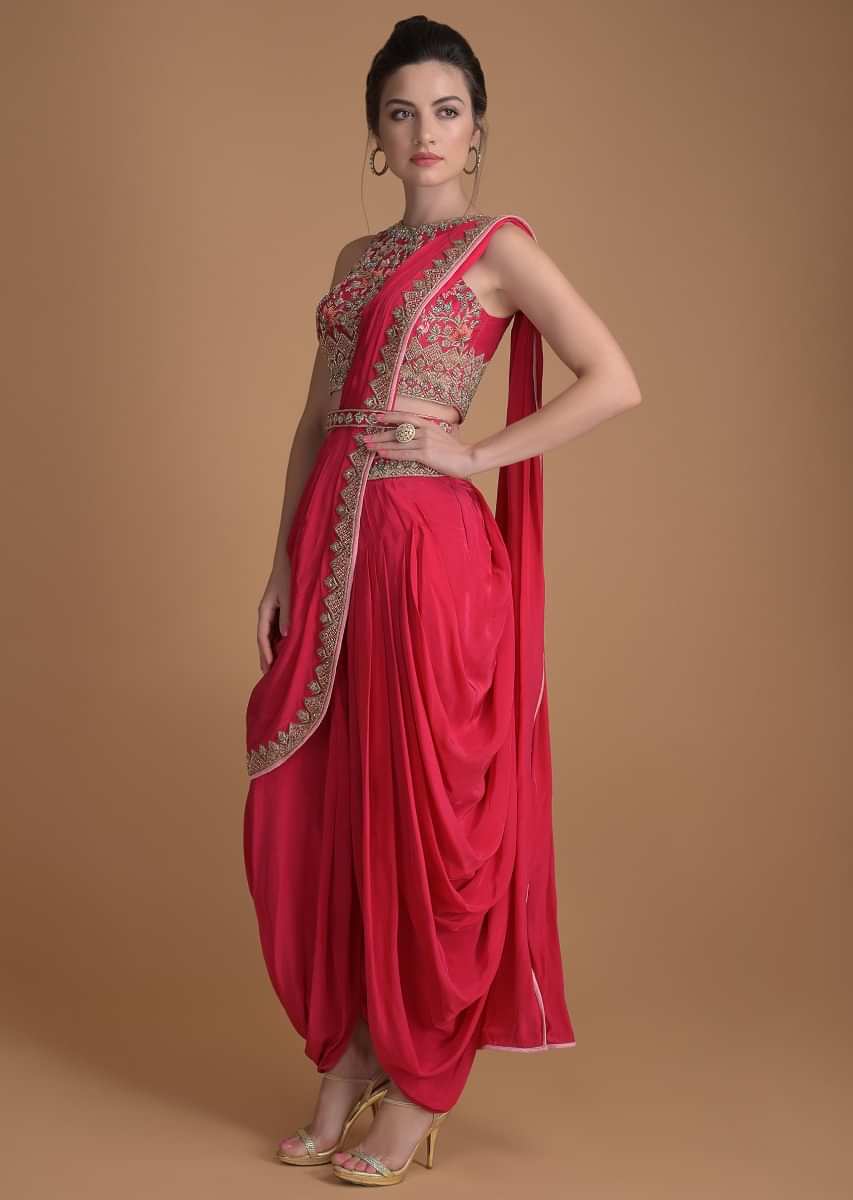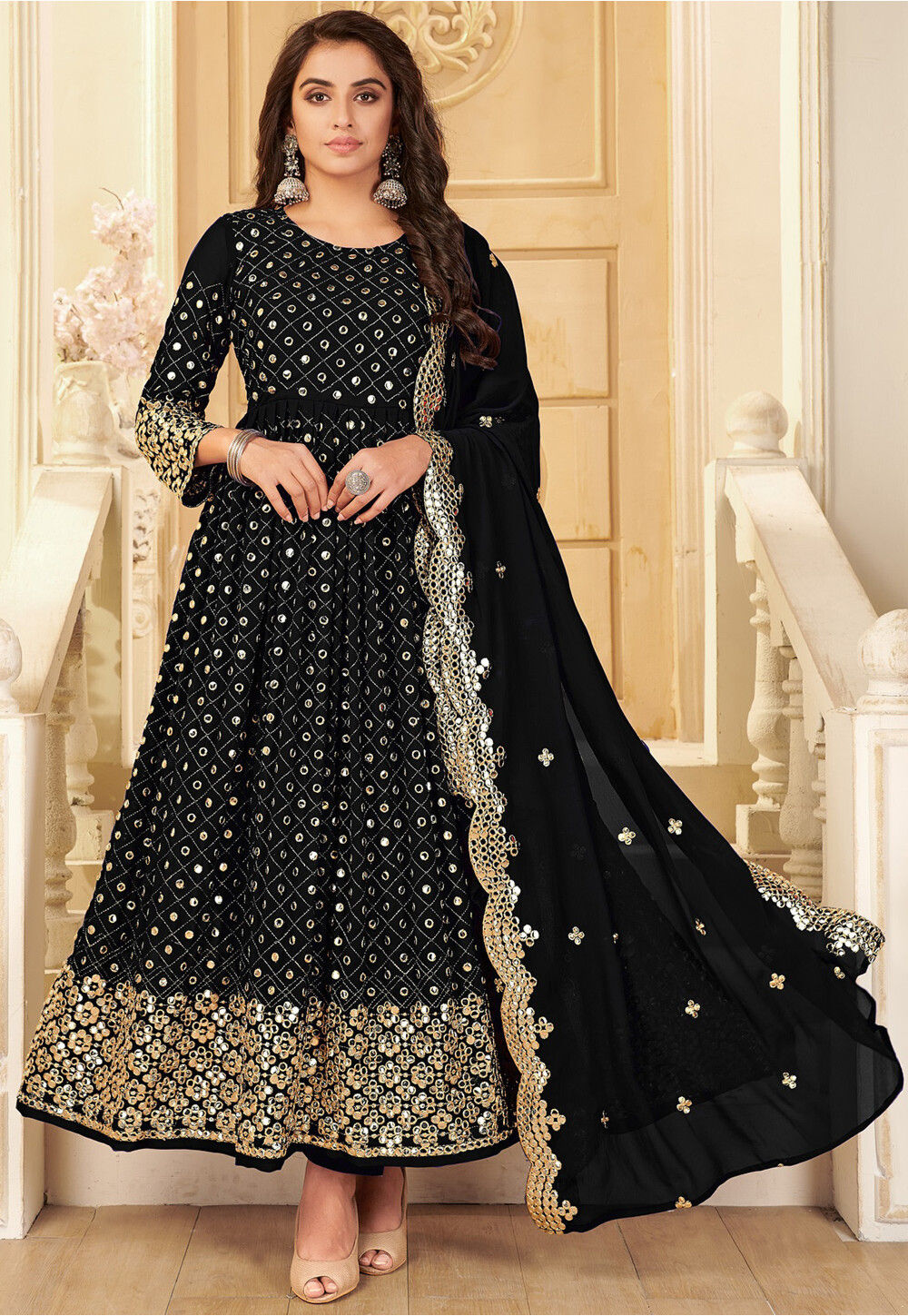Indian Clothing
Indian Clothing
Ethnic clothing is a beautiful thing to see. There are so many different cultures in this world, with their unique aesthetics that they stick up for. Whether it’s wearing turbans or wigs or incorporating certain colors into your wardrobe, there are lots of ways to show off your ethnic roots!
Many people adopt new trends from other countries and industries, taking bits and pieces for an expression of their style. This article will talk about some of the best fashion tips for finding authentic ethnic clothes, as well as how to mix and match them.
But first, let us look at some examples!
Examples: http://www.thebetterbalancedlife.com/why-colorful-clothing-is-important/#more-84925
The more colorful your clothes, the better. Why? Because color attracts attention! And we all need some inspiration to keep ourselves motivated.
Color can also influence how you feel physically. For example, red brings out natural reactions like increased heart rate and blood flow which may help boost your mood. Or green can relax you, by lowering stress hormones.
Clothes come in various textures and patterns too, which affect how you feel when you wear them. Some light fabrics might make you feel relaxed and comfortable, while others like denim could give you a sharper feeling.
Shalwar Kameez

A shalwar kameez or salwar-kami dress is one of the most popular saris styles in India. It is typically made out of lightweight cotton material, with loose pants attached to a long shirt. The lower end of the pant has small pleats that can be closed to create more shape, as well as an opening for your foot.
The top ends in a short sleeve white dress shirt with full-length sleeves and a collar. This coat-like design is what gives it its name – a kameez! Because the shorter sleeve covers less area than a normal dress shirt, they are called half-sleeved.
These dresses are worn by almost every ethnicity in India and are commonly paired with other clothing such as sneakers or sandals, jewelry such as earrings and a necklace, and hair decorations such as flowers or beads.
Saari

It may vary from 4.1 to 8.2 meters (4.5 to 9 yards) in length, and 60 to 120 centimeters (24 to 47 inches) in breadth, and is a form of ethnic wear in India, Pakistan, Bangladesh, Sri Lanka, and Nepal. There are various names and styles of sari manufacture and draping, the most common being the Nivi style.
A saree is one of the most recognizable dress codes in India. There are many types of sarees, but all have something in common – they are typically made out of fabric. Sarees are usually attached to a belt with golden jewelry or Kantha cloth.
Saris can be worn during festivals and celebrations, for formal events, and even for daily casuals. They are versatile clothing pieces that can be styled in several ways depending on what looks best on you.
There are different styles of saris as well. Stitched saris use embroidery and sewing to create their patterns and decorations. Chikli saris are hand-sewn fabrics that are not necessarily flat. Many people associate chikan salwar (leggings) with women who wear a saree.
Gharara

A ghaarra or angarkha is a long, loose-fitting shirt that typically has large looped hanging sleeves. This classic piece of clothing can be worn with pants or separate leggings as shapeless undergarments. It is usually made of cotton or wool and is characterized by its relaxed fit.
A ghaarra typically comes in one size that fits most people (usually larger than chest sizes) and is mostly length dependent. Some brands have short sleeve variations of this dress item.
Lehenga
A lehenga is a gown or skirt that is typically longer than it is wide, with a bodice attached to it. The color and style of the dress depending on what look you want to achieve. Some popular styles are sari-style dresses, salwar suits (sarees with pants), and kaftans (long shirts).
Many people associate leggings exclusively with yoga, but they can be worn anywhere else! If you like the feel of leggings, then adding some sort of top will work well. Many people layer undergarments under the leggings for additional support.
Some clothing brands have added cropped leggings to their collection, which are very similar to sweatpants but only in the waist area.

This is one of the most popular types of clothing for Indians. Almost every boy in India has at least two pairs of cotton jeans or wash-washed denim. They are usually either dark blue, by, or white.
Many also have patterned or checked patterns which add some flair to their look. These are typically sewn onto the denim material or printed using regular printing techniques.
The reason why so many people like them are because they are very comfortable. Even though they are not silk, they are quite durable and will last you a long time!
If you ever find that your old pair of denim is no longer fitting properly, you can easily buy new ones.
A button-down shirt is also referred to as a dress shirt or long-sleeve shirt. They are characterized by having full-length sleeves that are typically rounded in shape and have buttons at the neck. Some styles even have large, showy ruffles like dresses!
The color of the shirt is very important. Since they are usually white or light colored, it can be hard to tell if there are some design features or not unless you are looking closely for them.
They are typically seen as formal clothing because of their elegant look. People often use a dress shirt with black pants or dark jeans to create an informal outfit.
However, no matter what you pair it with, they are always a nice touch. Many people prefer wearing a dress shirt over a sweatshirt or sweater since it does not pose any problems when washing the garment.
Butterfly sleeve shirts are another popular version of dress shirts. These do not have traditional shoulder straps but instead have one wide strap across the chest which looks similar to a bariatric (weight loss) belt.
Dhoti Suits

The dhoti suit is one of the most iconic sartorial pieces in fashion. It has seen many iterations and styles, but it’s still very popular today. Technically speaking, a dhoti is not a suit at all. A dhoti is an ankle-length piece of cloth that covers just the lower body.
However, when they are designed well, they can be quite fashionable. They are typically made from cotton or linen and are cut to show off the shape of the leg.
There are several theories about where the name comes from. One says that it was inspired by the pants worn by Mughal Emperor Akbar. Another theory claims that it originated in India as a way to dress after water, which can ruin clothes. A third suggests that it originates from the Persian word dagoba, which means “tailor."
What makes a good dhoti suit? There are two main things to look for. First, you want to make sure the fabric is sturdy. You don’t want it to feel thin and flimsy like pajama pants! Second, you want to make sure there isn’t too much material gathered around the waist. Too much room can cause the garment to bunch up, looking untidy.
Patiala Suits

A patalà or patola suit is one of the most recognizable sartorial styles in the world! They are typically made out of light-colored, thin wool materials that can be cut into many different shapes and patterns.
The kurta (long shirt) and palazzo pants (baggy pants) silhouettes are usually associated with this style, but there are several other variations. It was first popularized by the Maharajas of India.
These suits have become very fashionable once again due to their return as elegant staple pieces for men’s formalwear. Many brands offer formal versions of the pataláe suit such as long shirts paired with pleated dark gray trousers or white dress shirts and patterned baggy leather shoes.
What makes a good fit?
For all types of clothing, such as skirts, dresses, and coats, what looks best is when it fits your body nicely and is not loose. Make sure your clothes don’t cling too much either.
A lot of people complain about expensive fashion being too formal and stuffy, so having comfortable, casual outfits is very attractive. If you're looking to add some stylish new layers to your wardrobe, then investing in some basic layering pieces will help.
I recommend buying small sizes since they hang longer and can be laid easily. Also, buy from sellers that stand behind their products! http://www.
Indian Dresses Varieties
There are two main types of waist belts that people usually purchase for Indian clothing. The first is a leather or cow leather belt, which is typically wider than your average belt and has buckles attached to either side. These have become very popular in India, as they can be matched with almost anything!
The second type is called a ghagra sari-style belt. This is similar to the khaki pants we talked about before, but instead, it goes across at the mid-thigh level. It’s mostly white and is lined up with black silk (ghara) pajamas under the skirt of the sari.
These ghagra-style belts are designed to show off the shape of the body and are considered to be more fashionable than a normal belt.
Bandhani Salwar Kameez
A bandhani or hand-printed salwar kameez is one of my favorite fashion trends right now. It’s very unique to see all the different patterns, colors, and styles displayed in the same dress!
Bandhinis is definitely not your average knee-length dress with leggings. These long, long dresses have an attached pants piece that hangs down lower in the front but flaunts more color at the back.
This style was popularized in India many years ago and has since spread across Asia and beyond. Many brands offer printed versions of this look, making it much easier to find them.

As mentioned before, this is one of the most important fashion features in India. They are typically made out of leather or cotton and have buckles or clasps that go across your chest.
Some people prefer them as they believe it gives you a more balanced look, but they can also be used to project an impression. It depends on what tone you want to achieve with your clothing!
If you are looking to lose some weight then wearing less coverup material may be better than using a shoulder belt. More concealment means there is no need for extra layers which will help reduce heat l your body.
And although not totally necessary, lighter-colored shirts and sweatshirts are another way to keep in theme.
Anarkali Suits

Stylish Anarkali suits are another classic clothing choice for women of all ages. These long, loose dresses are usually made out of lightweight fabrics such as silk or chiffon. They typically have large, draped necklines with grosstruts (loose pantyhose-like straps that can be tied around your waist) and short sleeves.
Many people refer to this dress style as “Indian night” because they resemble something you would find at an Indica nightclub in India! The name comes from the word anklita which means ‘flowing’ in Sanskrit.
There are many variations of anarkalis depending on where in India the dress was inspired. Some include shorter sleeve versions or no back closure whatsoever! However, none look quite like their south Asian inspiration counterparts.
Comments
Post a Comment